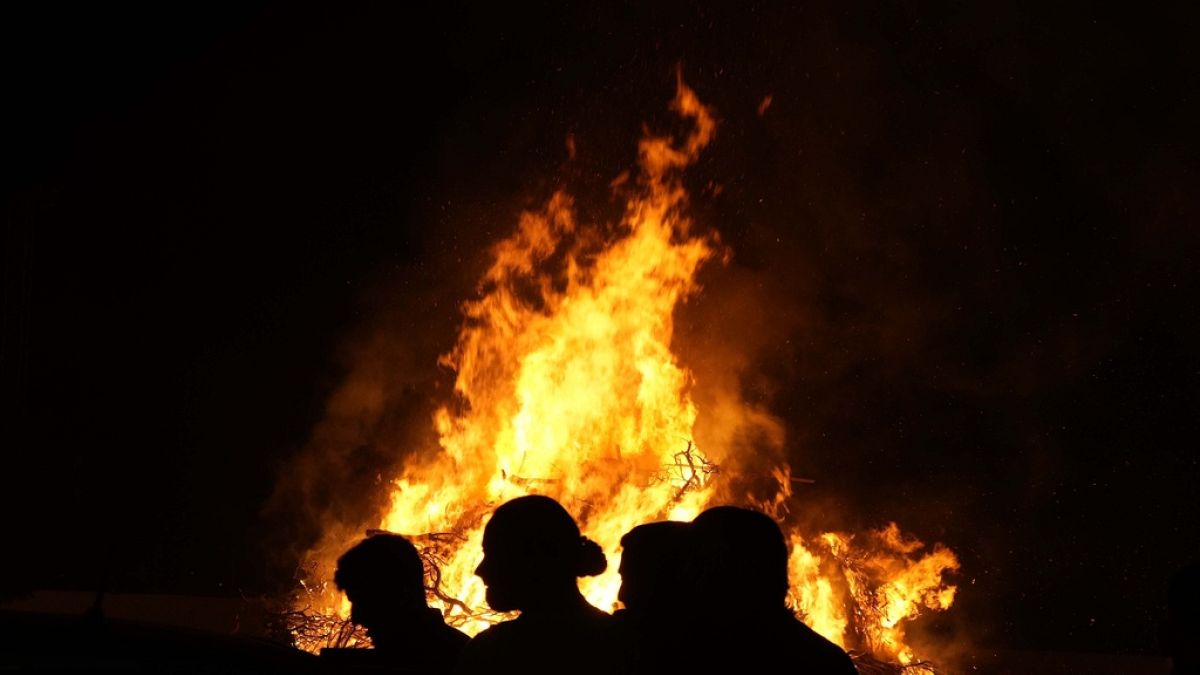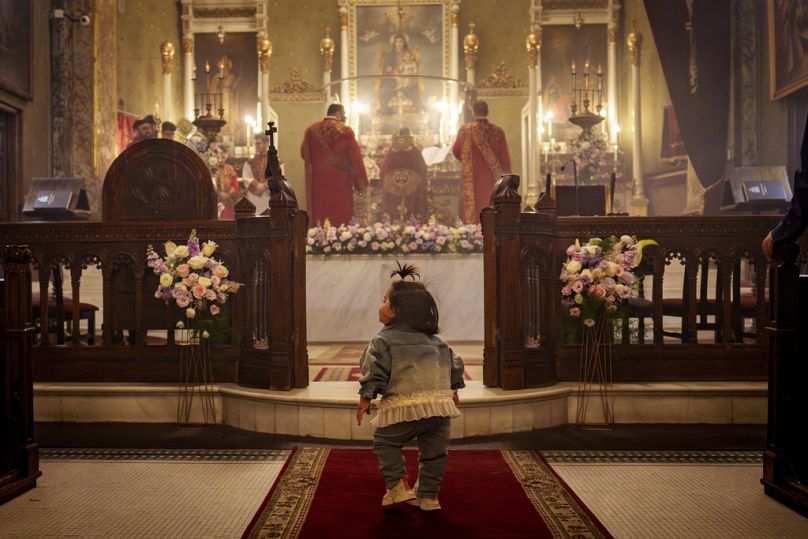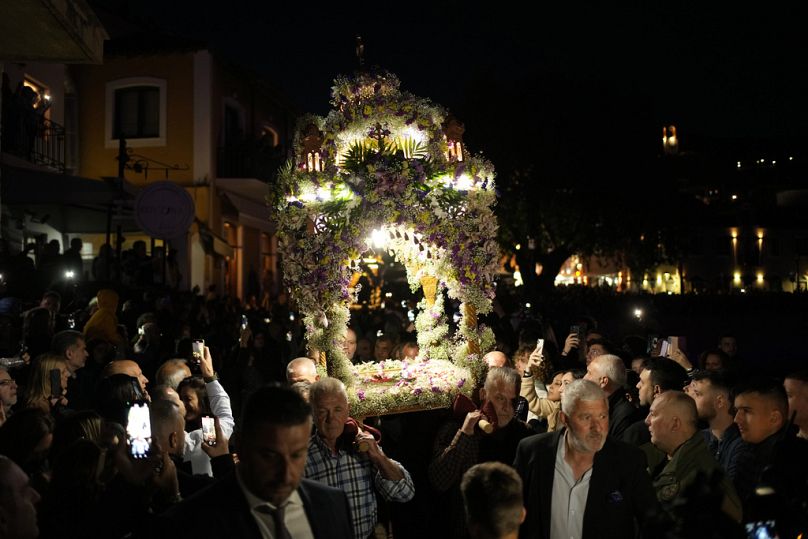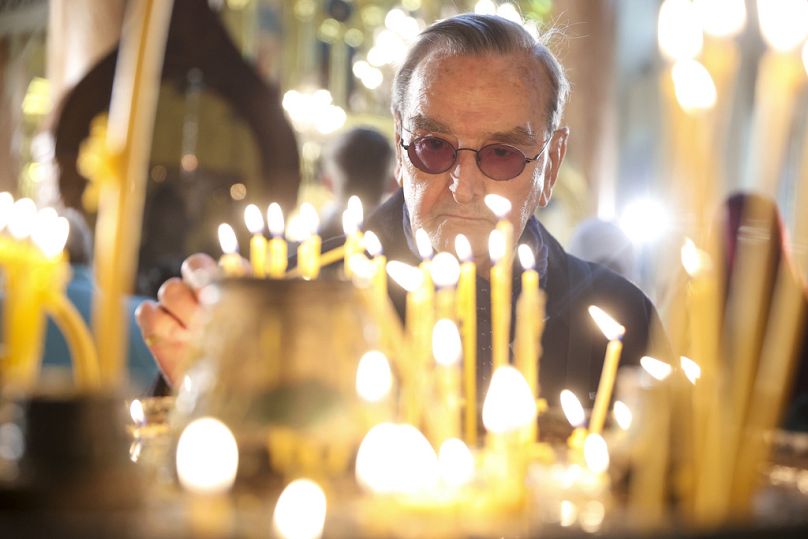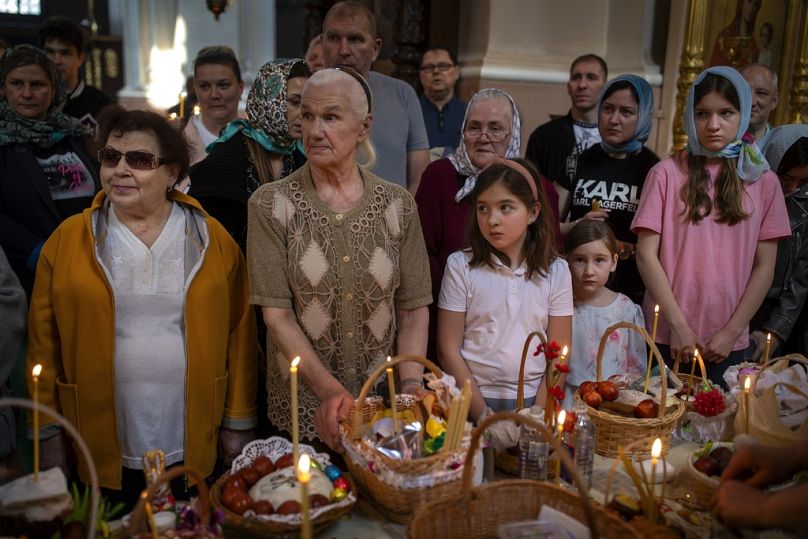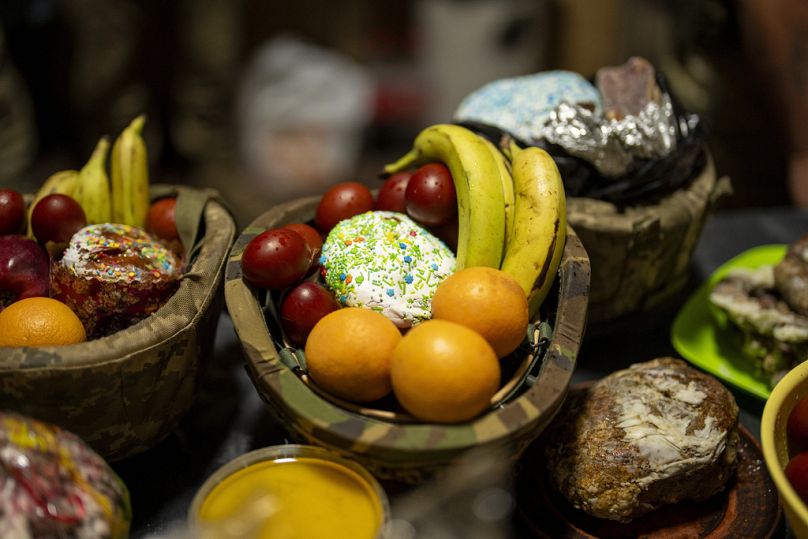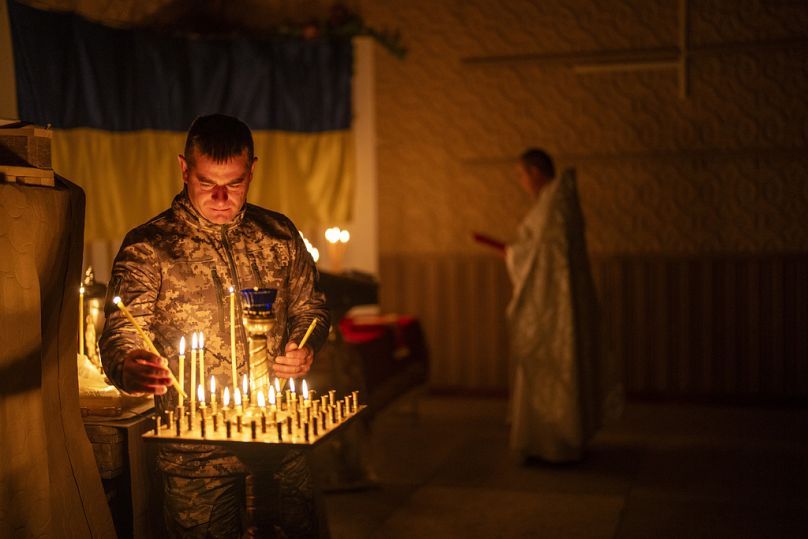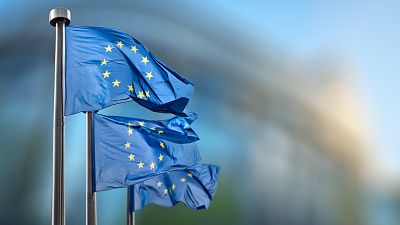Orthodox Christians celebrated Easter this weekend. Festivities around Europe included candle-filled church services, painted eggs and even firework battles.
Orthodox Christians around the world marked Easter on Sunday. The religious holiday – celebrating Jesus Christ’s resurrection – was marked by vibrant festivities in European countries with significant Orthodox Christian populations, including Greece, Bulgaria, Romania and Ukraine.
Eastern Orthodox Christians usually celebrate Easter later than Catholic and Protestant churches (who celebrated on 31 March this year), because they follow the ancient Julian calendar: a different method of calculating the date for the holy day that marks Christ’s resurrection.
One of the most striking features of Orthodox Easter is the midnight mass that ushers in Easter Sunday. Congregations gather in churches, holding candles, which symbolically bring the light of Christ’s resurrection into the darkness.
These light-filled services follow the more solemn observance of Good Friday, the day of Christ’s crucifixion. In Greece, for example, Christians take part in the sombre procession of the Epitaphios – a recreation of the tomb of Christ, often decorated with flowers.
For many Orthodox Christians, including in Serbia, where the day is called “Veliki Petak”, Good Friday is marked by dying or painting eggs, traditionally dyed red using onion skins, beetroot, or berries to represent the blood of Christ.
At the stroke of midnight on Easter Saturday, though, the period of mourning and fasting is over – and celebrations can begin.
The priest announces that “Christ is Risen” (“Christos Anesti” in Greek, or “Christos Voskres” in Ukrainian, for example), to which the response is “Truly He is Risen” (“Alithos Anesti” and “Voistynu Voskres”). This moment is marked by the ringing of church bells and often followed by fireworks.
Two churches on the Greek island of Chios, however, have long taken fireworks to a new level – and this year was no exception.
The churches in the town of Vrontados fired streams of fireworks at each other as part of their annual "rocket war", with the Easter Mass continuing inside the churches all the while. The tradition dates back to the 1800s when Greece was part of the Ottoman empire, when cannons were used instead of fireworks.
The Cypriot Easter tradition of lampratzia – which sees an effigy of Judas burned on a bonfire – went awry this year, with strong winds across the island leading firefighters to tackle over 120 blazes.
Feasting on traditional foods
Following the service, the focus shifts to feasting, a welcome contrast to the strict fasting observed during the preceding Lent period.
Roast lamb takes centre stage in many communities, with other Easter specialties including the sweet Bulgarian braided bread kozunak, often baked with a coloured egg on top; the sometimes icing-topped Ukrainian bread paska; and Greek magiritsa, a soup made from lamb offal (fear not, it’s not just offal – Greece has its own version of a sweet Easter bread, called tsoureki).
Many churchgoers, including this year in Lithuania, took their Easter treats to be blessed by priests.
Ukraine marked its third Easter under the shadow of war, with many faithful still attending church in spite of security concerns.
